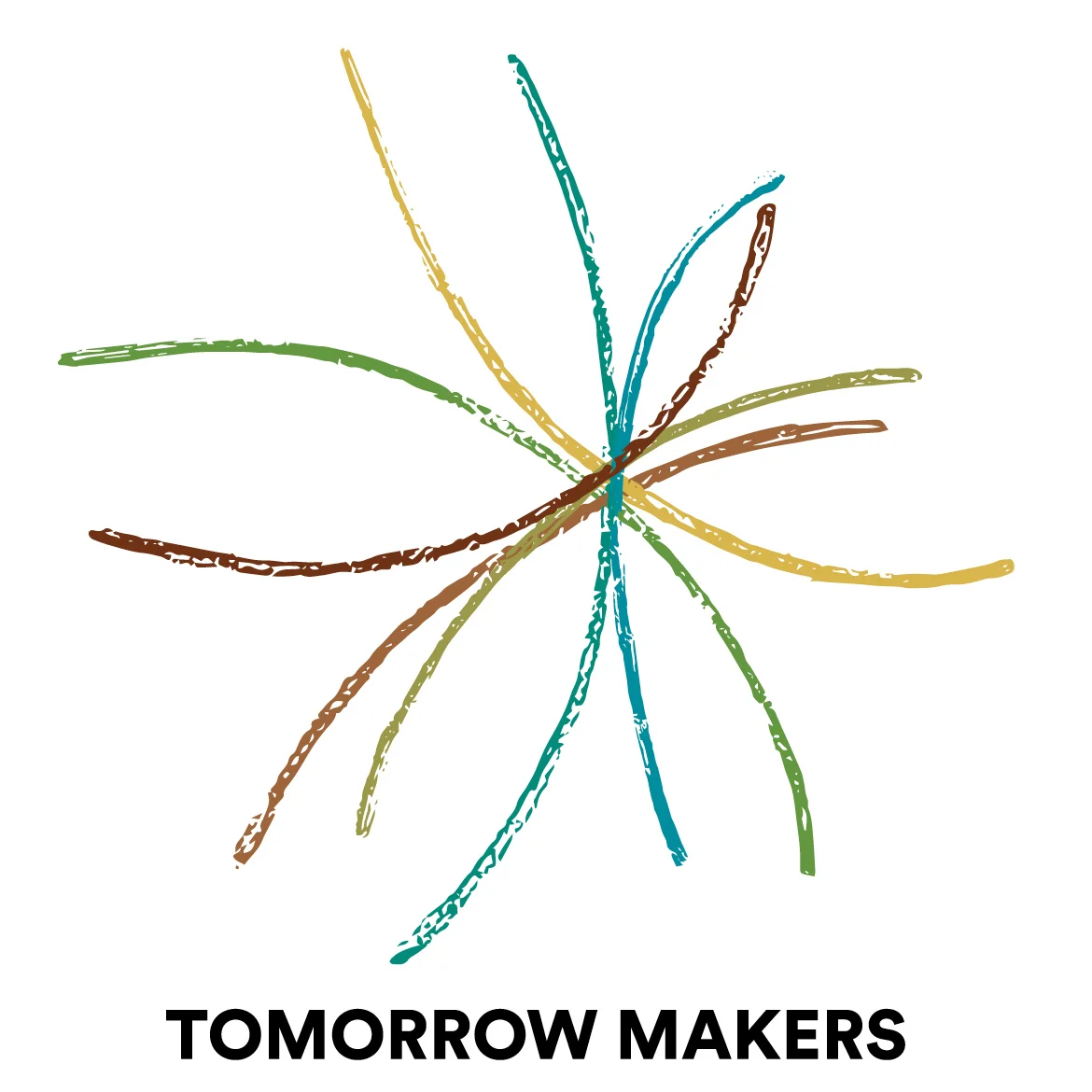Turning Worthy Problems Into Worthy Solutions
/I would not give a fig for the simplicity this side of complexity, but I would give my life for the simplicity on the other side of complexity.
Oliver Wendell Holmes, Former US Supreme Court Justice
I've had a number of people ask me about this quote. "What on earth does it mean?" asked one? Most of us are not used to working with complexity. We live within it; we name it; we love it or hate it... but actually trying to find our way through it...from one end to the other side is difficult. It's more than a maze because most mazes have walls and narrow runways. Complexity really is far more ambiguous and un-bordered and unbounded and ideas and parts keep running into each other, getting tangled, seemingly unmanageable.
The creative process demands all the ups and downs of mood swings; a willingness to get lost and stay lost, without undo stress until, within a flash, a hole opens up and provides a new or different way of seeing and sensing... a coming to knowing differently. Suddenly there it is in plain sight! A new and interesting way forward.
In March, with Matt and a great KreW, we co-designed and facilitated the launching of what I consider to be a worthy problem: How do we cure brain cancer within ten years? Currently the thinking is it will take 50 years and 50 billion dollars. However, Cure For Life Foundation, of Australia rejected that assumption and began pulling together resources to drastically cut the time and cost. The CFL Foundation realized that the goal could only be reached by group sourcing... gathering brilliant minds together from many fields, and ways of thinking. The DesignShop process was determined to be the best way forward and the project was given the name Global Brain Exchange.
DesignShop #1, in Sydney, brought together 40 participants for two days. The challenge: Create the path forward enabling brilliant minds from five continents to uncover the processes, technologies, and paradigm shifts that would make the goal accessible and acceptable. One of the outcomes was to "inform future work and influence the future direction of The Global Brain Exchange". In deed, together we got that outcome and found the next step forward. We learned enough, pulled and tugged at ideas, followed threads of possibility and in the end, have next steps forward.
By the end of the two days, participants had ceased speaking of worthy problems and started identifying worthy solutions! As participants and facilitators we moved through the ups and downs, the knowns and unknowns, the breaking of our own assumptions about an idea or or way of thinking. There is no better high for me than taking part in the unfolding of Group Genius.
Recently I watched the documentary, Connected, by Tiffany Shlain. I learned about the hormone, Oxytocin that is released when people connect. Oxytocin, according to Paul Zak, is responsible for trust, empathy, and other feelings that help build a stable society.
DesignShop #2 will be held in the Nashville, USA sometime this fall. It will incorporate the learnings from the first and continue creating the GBX ecosystem. Together, we will find the funding, create the next set of questions to ask and work our way through more ambiguity. We are still on this side of complexity but confident that the other side will be reached without compromise. As Margaret Wheatley said in her book, Leadership and the New Science, 1993:Reality changes shape and meaning because of our activity. And it is constantly new. We are required to be there, as active participants. It can’t happen without us and nobody can do it for us.

